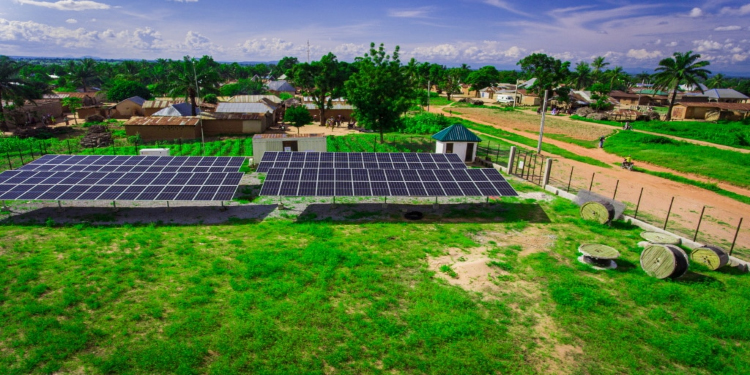
The potential of green mini-grids is well established. A new report provides guidance on how to use them as a lever in the electrification process in developing countries, particularly in sub-Saharan Africa. The report is produced by the World Bank’s Energy Sector Management Assistance Program (ESMAP). According to the report, investing $127 billion in green mini-grids could electrify 490 million people by 2030.
If public and private investors were to maintain the current level of mini-grid development, only 44 800 installations would be built, serving 80 million people by 2030, the report warns. By mobilising $127 billion over the next 8 years, as many as 217,000 mini-grids could be deployed in developing countries.
The implementation of deployment strategies and programmes is encouraged by the World Bank, particularly in Africa. However, the international financial institution only targets comprehensive electrification programmes. As a result, the bank estimates that it has committed only $1.4 billion to the development of projects in 30 countries around the world. In Nigeria, for example, the World Bank is funding the Nigeria Electrification Project (NEP). Under this project, the Rural Electrification Agency (REA) provides performance-based grants (PBG) to solar mini-grid providers.
